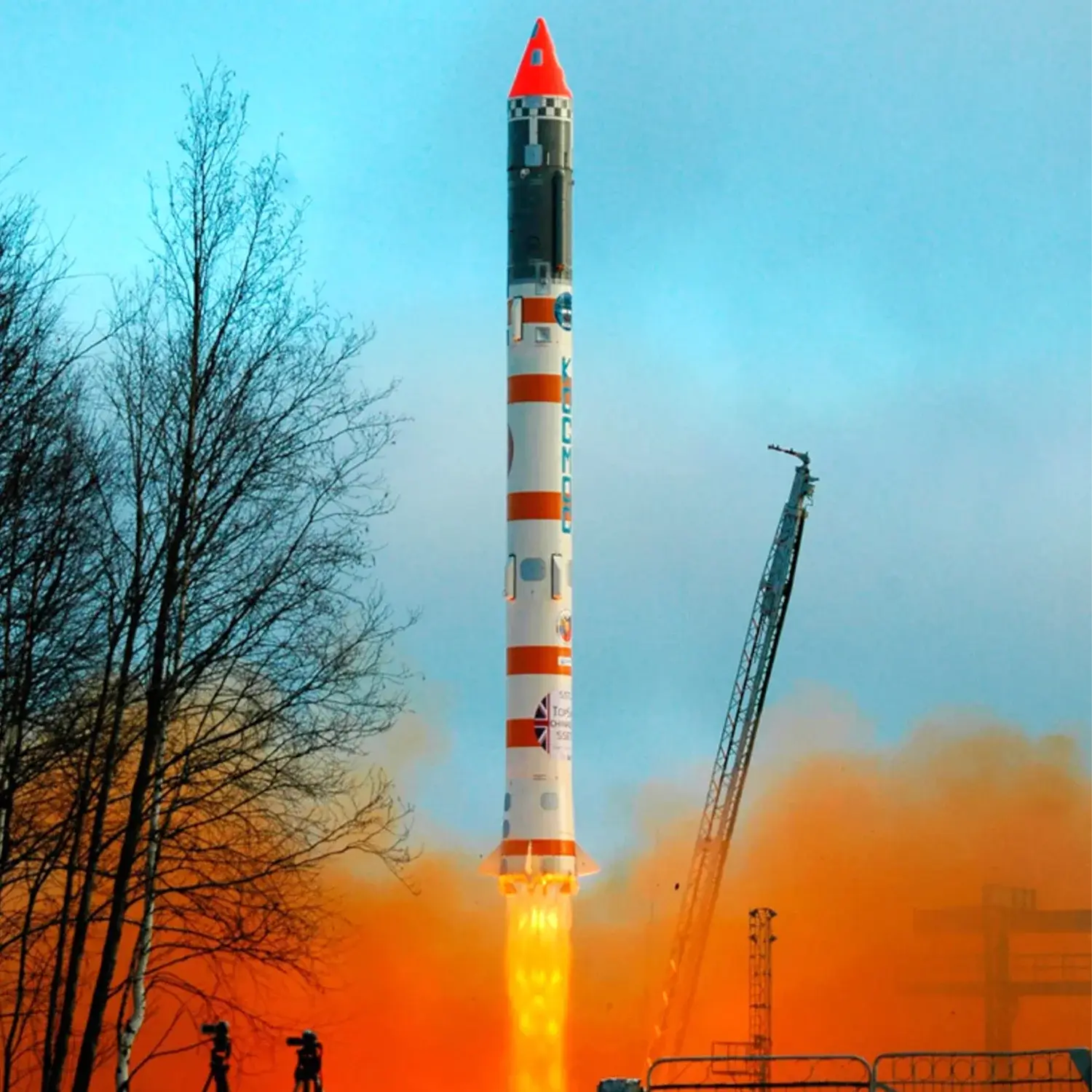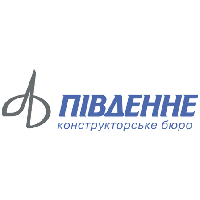Cosmos 1791
Launch Success
Liftoff Time (GMT)
06:10:25
Thursday November 13, 1986
Mission Details
Cosmos 1791
Tsikada was a Soviet civilian satellite navigation system used by the Soviet Merchant Marine and Academy of Sciences, but also by the military. It was an equivalent to the purely military Parus system. The Tsikada satellites were very similar to the Parus satellites and also used a NPO PM built pressurized cylindrical bus with gravity-gradient stabilization. The satellites transmitted Doppler-shifted VHF transmissions at around 150 MHz and 400 MHz of their position and orbital characteristics. They operated from a 1000 km orbit with 82.9° inclination. Satellites were placed in planes spaced 45° apart. The development of Tsikada began in 1974 and the first satellite was launched in 1976. The system entered the operational phase in 1978. Also operated in the Tsikada system were the Nadezhda and Nadezhda-M satellites, which featured an additional search and rescue system for locating vessels and aircraft in distress. Beginning in the 1990ies, the Tsikada system was gradually superseded by the Uragan (GLONASS) system.
Low Earth Orbit
1 Payload
820 kilograms
Launch Site
Stats
Cosmos-3
363rd
Mission
12th
Mission of 1986
OKB-586
2048th
Mission
78th
Mission of 1986
1986
92nd
Orbital launch attempt

